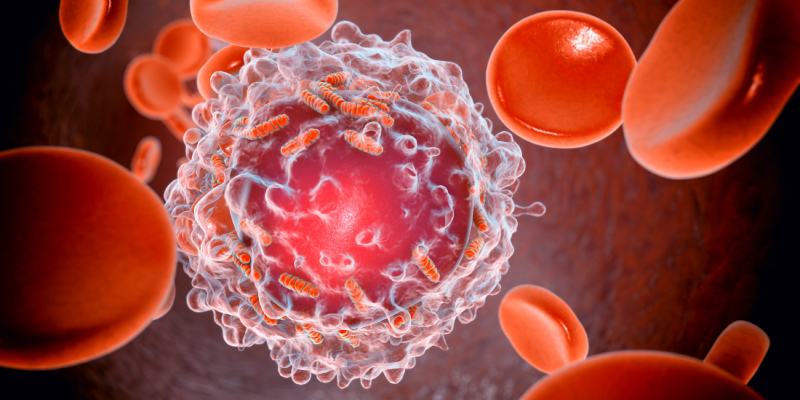
A new study suggests mitochondrial targeting strategies could be combined with chemotherapy as part of induction and consolidation treatment for acute myeloid leukemia (AML).
Natalia Baran, MD, PhD, MSc, of the MD Anderson Cancer Center, and colleagues presented the study’s findings during the American Association of Cancer Research Special Conference: Acute Myeloid Leukemia and Myelodysplastic Syndrome. Marina Konopleva, MD, PhD, of the Albert Einstein College of Medicine, was the abstract’s senior author. Dr. Konopleva was previously affiliated with the MD Anderson Cancer Center.
Dr. Baran and colleagues conducted the research because AML stem cells are “thought to be responsible for disease initiation, chemoresistance, and treatment failure.” AML stem cells and residual cytarabine-resistant AML cells, which constitute minimal residual disease (MRD), are “highly dependent on mitochondrial function for survival and are thus vulnerable to pharmacological blockage of oxidative phosphorylation,” according to the study’s investigators.
IACS-010759, an oxidative phosphorylation inhibitor, previously demonstrated “potent inhibition of mitochondrial complex I, [oxidative phosphorylation] suppression, and growth inhibition of AML cells,” Dr. Baran and colleagues wrote.
They evaluated the oxidative phosphorylation dependency of AML MRD cells and assessed the impact of oxidative phosphorylation blockade on residual AML cells that survived standard chemotherapy with doxorubicin/cytarabine.
AML cell lines that were treated with cytarabine alone or doxorubicin/cytarabine had accumulation of reactive oxygen species, mitochondrial superoxides, increased mitochondrial mass and mitochondrial membrane potential. The use of cytarabine-based or doxorubicin/cytarabine-based therapies in vitro was “significantly potentiated” by IACS-010759, according to Dr. Baran and colleagues.
Oxidative phosphorylation dependency after cytarabine and doxorubicin/cytarabine was fully inhibited by an oxidative phosphorylation inhibitor, “leading to a total mitochondrial collapse,” Dr. Baran and colleagues wrote.
Inhibiting oxidative phosphorylation in combination with doxorubicin/cytarabine consolidated the reduction of viable cell numbers, induction of apoptosis, and differentiation in cell lines and in cytarabine-resistant primary patient samples.
Dr. Baran and colleagues then evaluated the efficacy of IACS-010759 plus doxorubicin/cytarabine chemotherapy in chemotherapy-sensitive models and chemotherapy-resistant animal models in vivo. The combination significantly reduced the leukemia burden and significantly extended survival in the OCI-AML3/Luc/GFP model and the FLT3–ITD-positive AML-patient-derived-xenograft model. In the FLT3-ITD-positive AML-patient-derived-xenograft model, IACS-010759 reduced leukemia burden and led to “delayed leukemia recurrence” when administered after completion of doxorubicin/cytarabine chemotherapy, according to the researchers.
Adding IACS-010759 to doxorubicin/cytarabine chemotherapy also extended survival of mice that were inoculated with chemotherapy-resistant patient-derived-xenograft AML. Administering IACS-010759 during the consolidation phase significantly extended survival in the mice compared with standard of care, “supporting clinical utility” of oxidative phosphorylation inhibitors in AML, Dr. Baran and colleagues wrote.
“In conclusion, our findings indicate that chemotherapy fosters mitochondrial respiration in AML, which could be abrogated by [an oxidative phosphorylation] inhibitor at the [leukemia stem cell] and MRD level, in vitro and in vivo,” Dr. Baran and colleagues wrote. “Our data advocate for combining mitochondrial targeting strategies with chemotherapy as a part of induction and consolidation treatment for improved control of MRD, eradication of AML [stem cells], and extended response duration.”
Reference
Baran N, Han L, Stuani L, et al. Targeting mitochondrial metabolism following induction chemotherapy eradicates acute myeloid leukemia at the level of minimal residual disease. Abstract #24. Presented at the American Association of Cancer Research Special Conference: Acute Myeloid Leukemia and Myelodysplastic Syndrome; January 23-25, 2023; Austin, Texas.


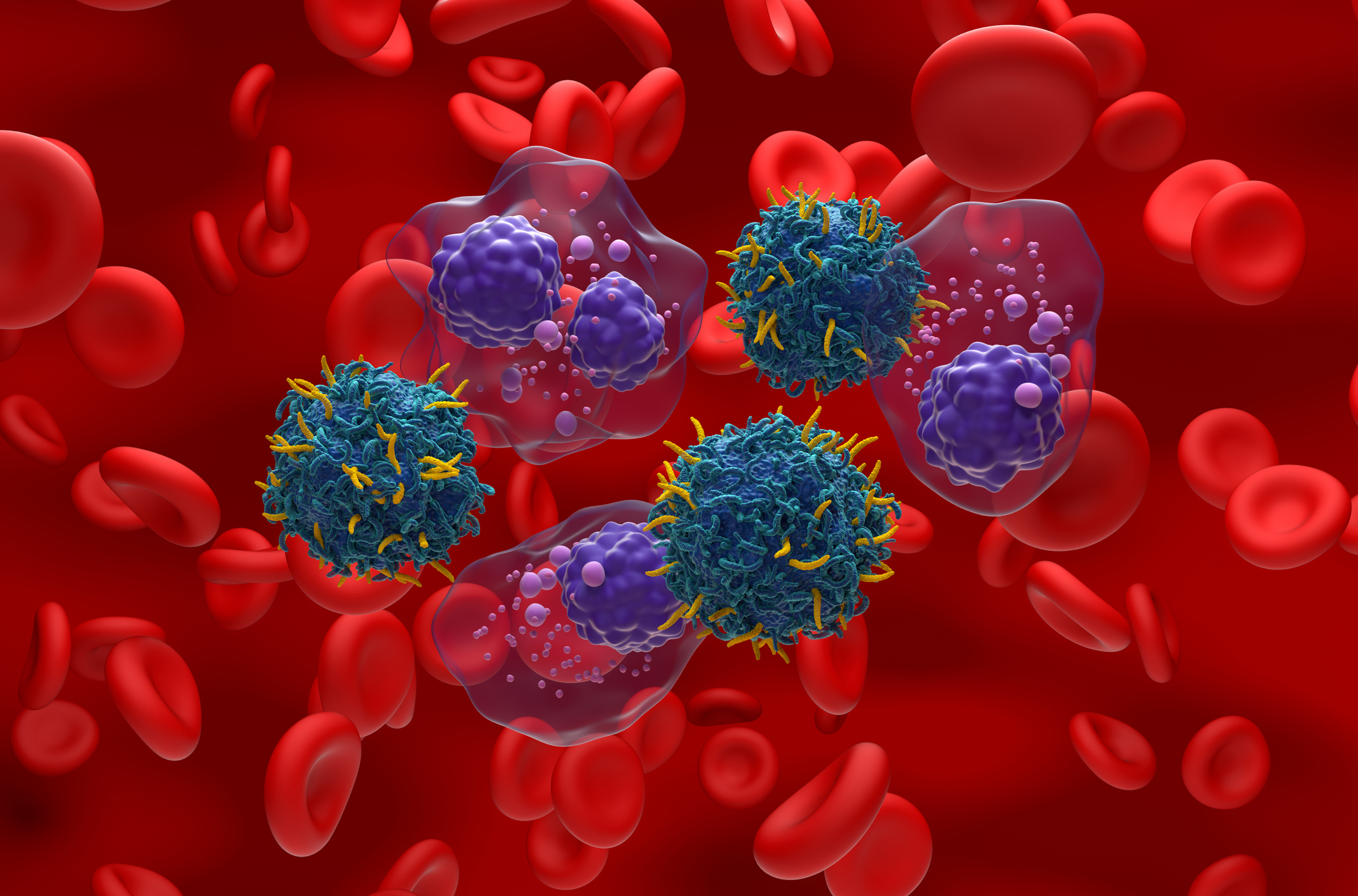
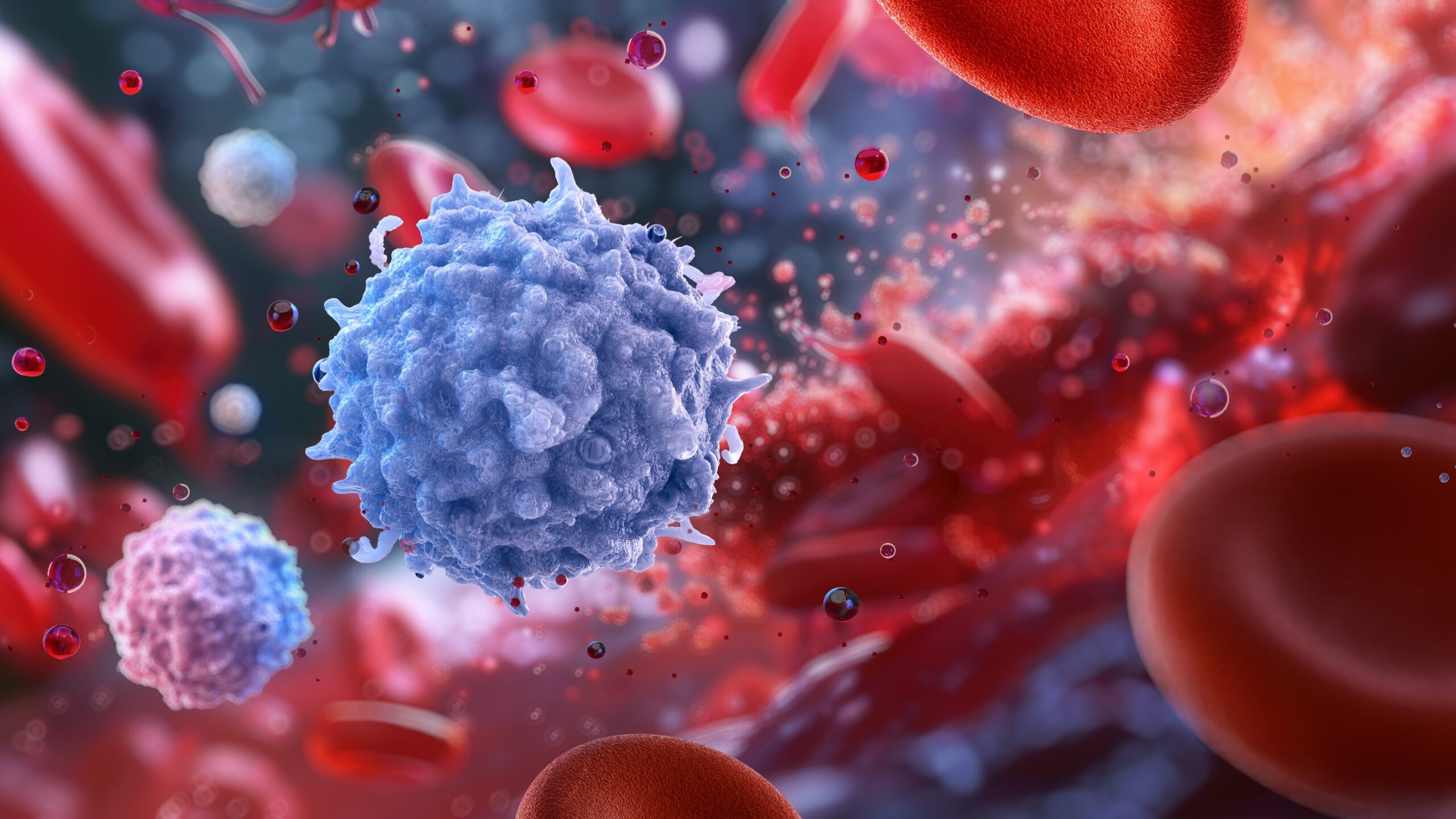
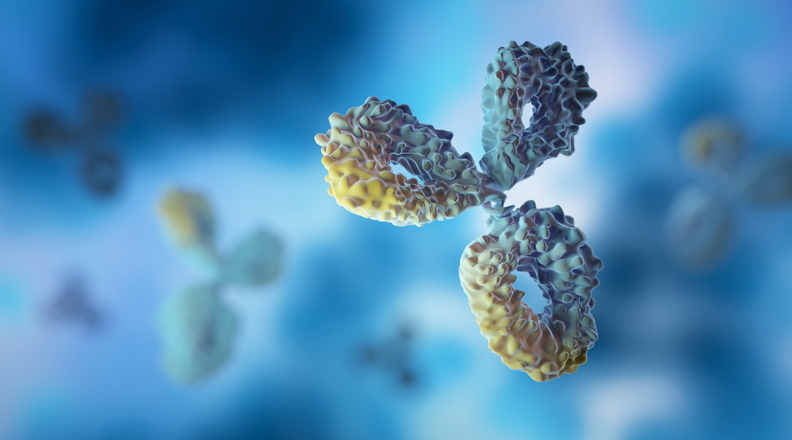
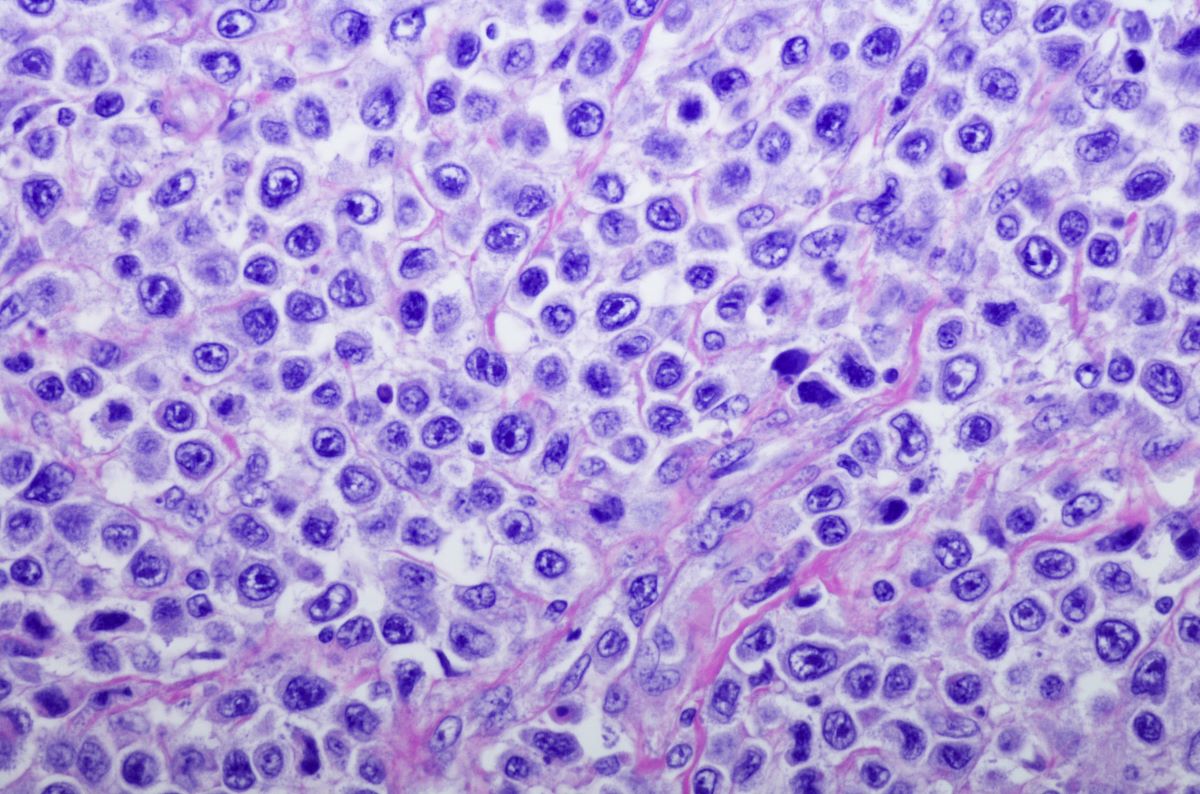
 © 2025 Mashup Media, LLC, a Formedics Property. All Rights Reserved.
© 2025 Mashup Media, LLC, a Formedics Property. All Rights Reserved.